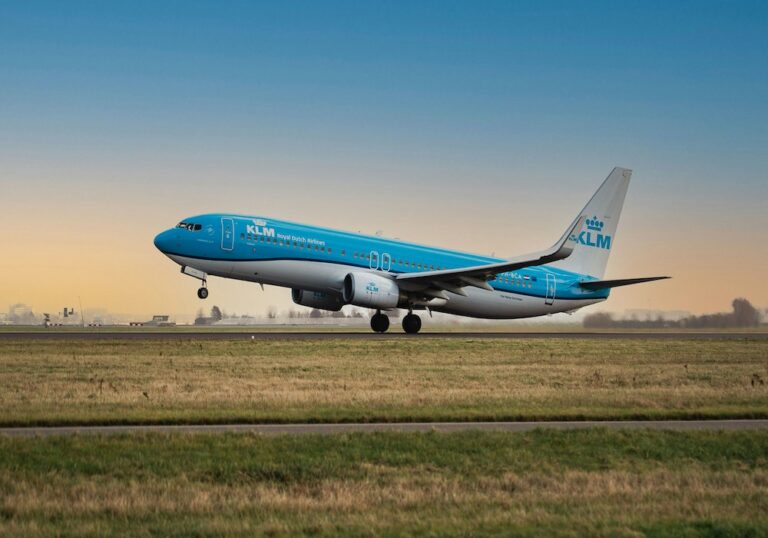Long-duration energy storage (LDES) system manufacturer ESS Tech has completed the commissioning on the initial system installed to electrify ground operations at Amsterdam Airport Schiphol Airport in the Netherlands.
Electric ground power units
The ESS Energy Warehouse system will enable Amsterdam Airport Schiphol to phase out polluting diesel ground power units that currently supply electrical power to aircraft while parked at airport gates. These will be replaced with electric ground power units (E-GPUs). The electrification of ground operations will reduce carbon emissions and air pollution, providing a model for airports worldwide seeking to reduce the climate impacts of air transportation.
The project at Amsterdam Airport Schiphol will support the Royal Schiphol Group’s ambitious climate targets and is supported by the TULIPS consortium, an EU-funded consortium of airports across Europe seeking to accelerate the deployment of renewable energy within Europe’s aviation sector.
Zero emissions by 2030
“Schiphol intends to be a zero-emission airport by 2030 across our buildings, assets and equipment,” said Oscar Maan, Royal Schiphol Group manager of innovation. “Cutting-edge, clean technology such as ESS’s iron flow battery system enables us to decarbonize ground operations and is a vital step for us to progress toward this sustainable future. As leaders of the TULIPS consortium, we hope this project demonstrates how clean technology can be implemented in the aviation industry throughout Europe.”
Organizations are increasingly turning to LDES solutions, such as ESS’s iron flow technology – which powers the Energy Warehouse – that provides increased flexibility and longer design life than lithium-ion technology. The project will demonstrate how LDES can enable the electrification of ground support equipment, such as the E-GPUs, while reducing the need to upgrade regional grid infrastructure.
ESS’s iron flow technology provides cost-effective LDES ideal for applications that require up to 12 hours of flexible energy capacity. ESS technology was selected due to its inherent fire safety, making it suitable for use in close proximity to passenger aircraft.
“Amsterdam Airport Schiphol has set an ambitious goal for decarbonization and has provided great leadership in taking the necessary actions to make it real,” said Eric Dresselhuys, CEO of ESS.
“This project provides a blueprint for LDES to safely provide clean, reliable energy in airport operations and reduce fossil fuel dependence. This pioneering project will encourage other European airports to follow the TULIPS lead and deploy technologies to achieve climate targets and accelerate air industry decarbonization.”
In related news, Amsterdam Airport Schiphol recently introduced real-time baggage waiting time information. Click here to read the full story.

